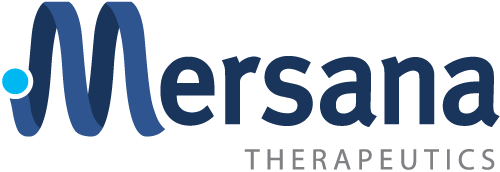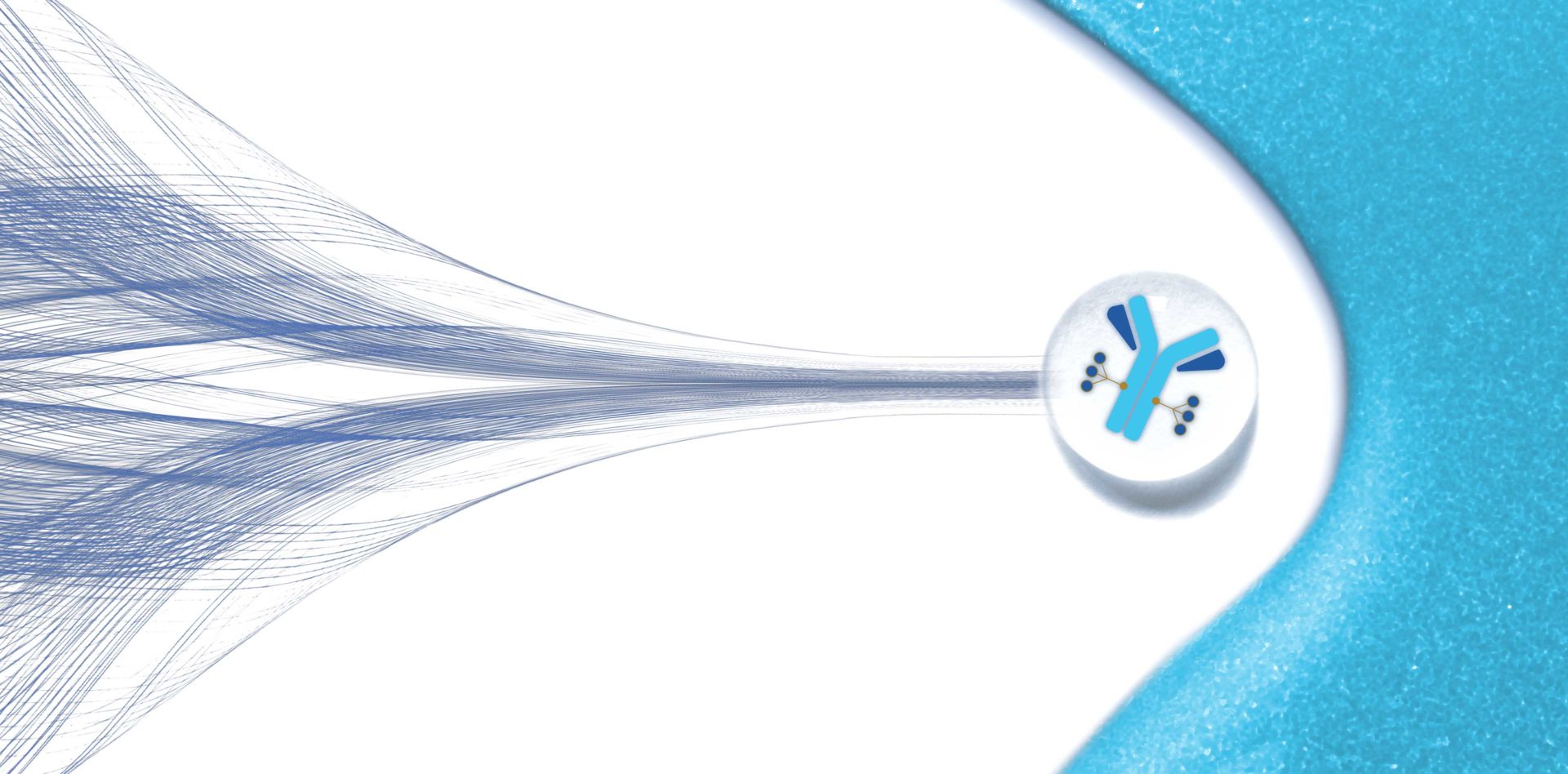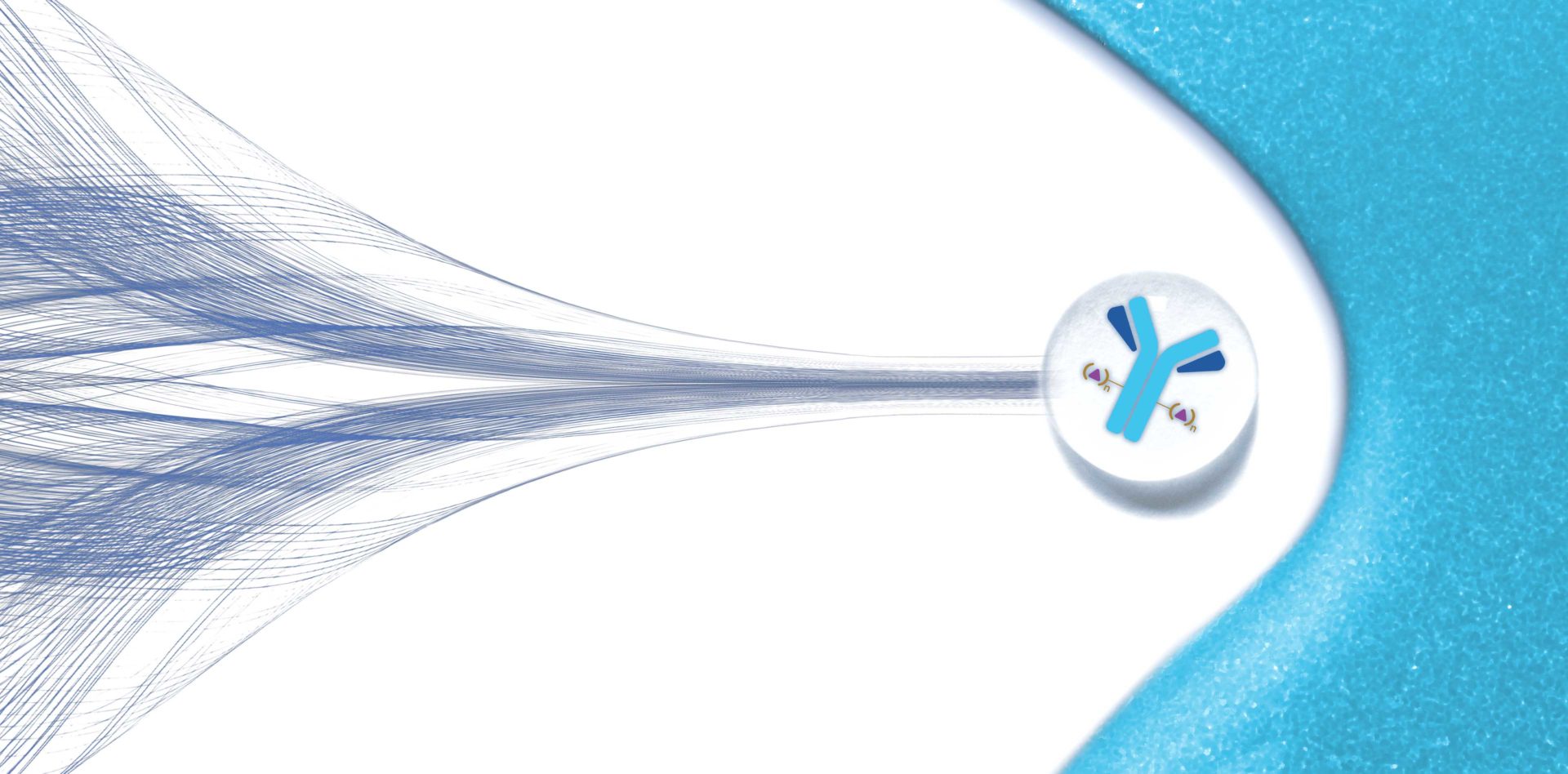Mersana’s mission is to discover and develop life-changing antibody-drug conjugates for patients fighting cancer.
Technology
Mersana has developed highly differentiated and innovative antibody-drug conjugate (ADC) platforms, with both cytotoxic and immunostimulatory payloads, that allow for customization and optimization of ADCs for a given target and indication. As a result, we are developing ADCs designed to overcome the limitations of first-generation platforms and improve efficacy and tolerability in order to address the unmet medical needs of people living with cancer.
Pipeline
We are leveraging our proprietary technology platforms to build a pipeline of ADCs with the potential to meaningfully improve the lives of people living with cancer. We are pursuing a multi-pronged strategy for cancer treatment that includes both cytotoxic and immunostimulatory ADC approaches.
Events & Presentations
May 9, 2024
Mersana Q1 2024 Conference Call
March 12, 2024


